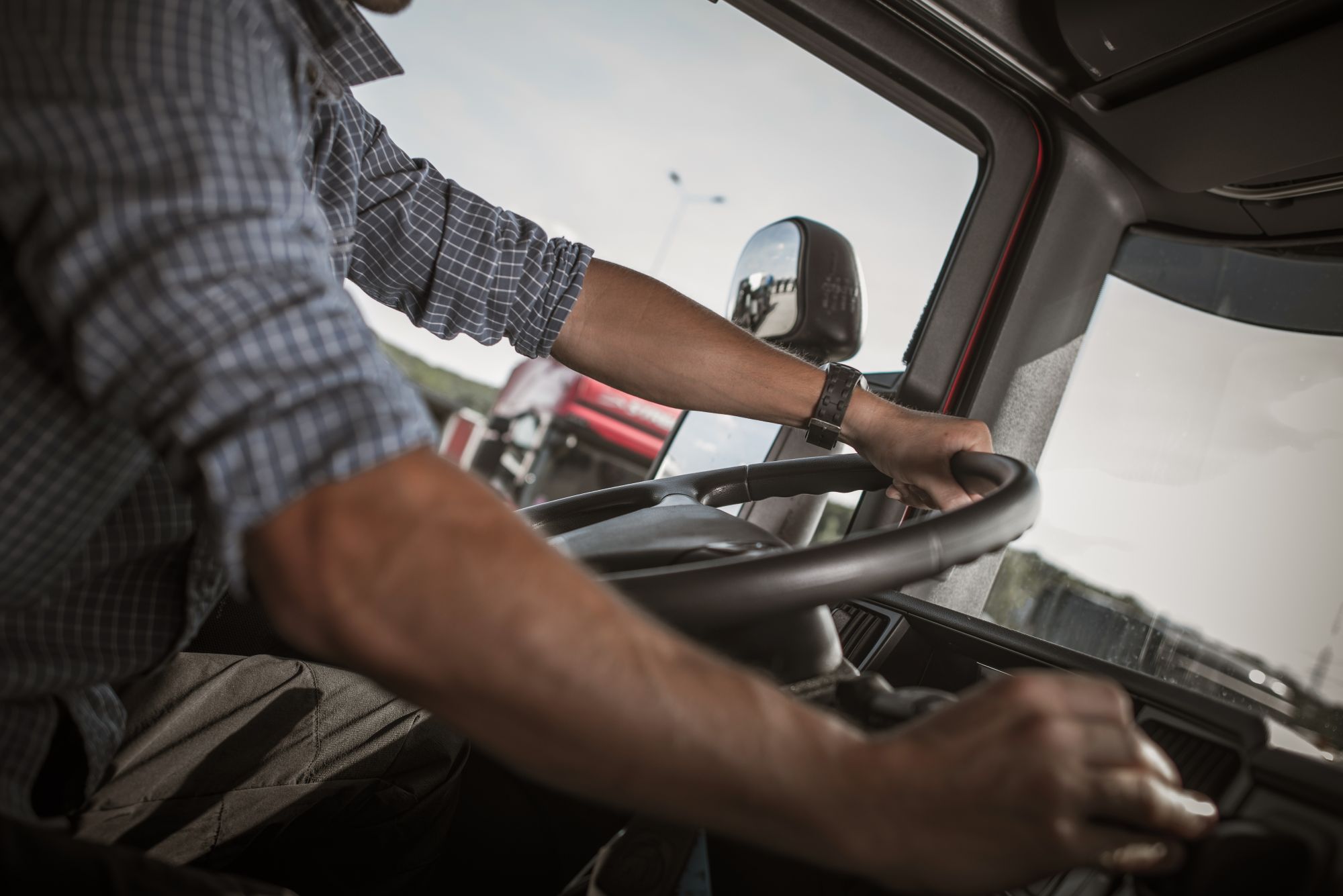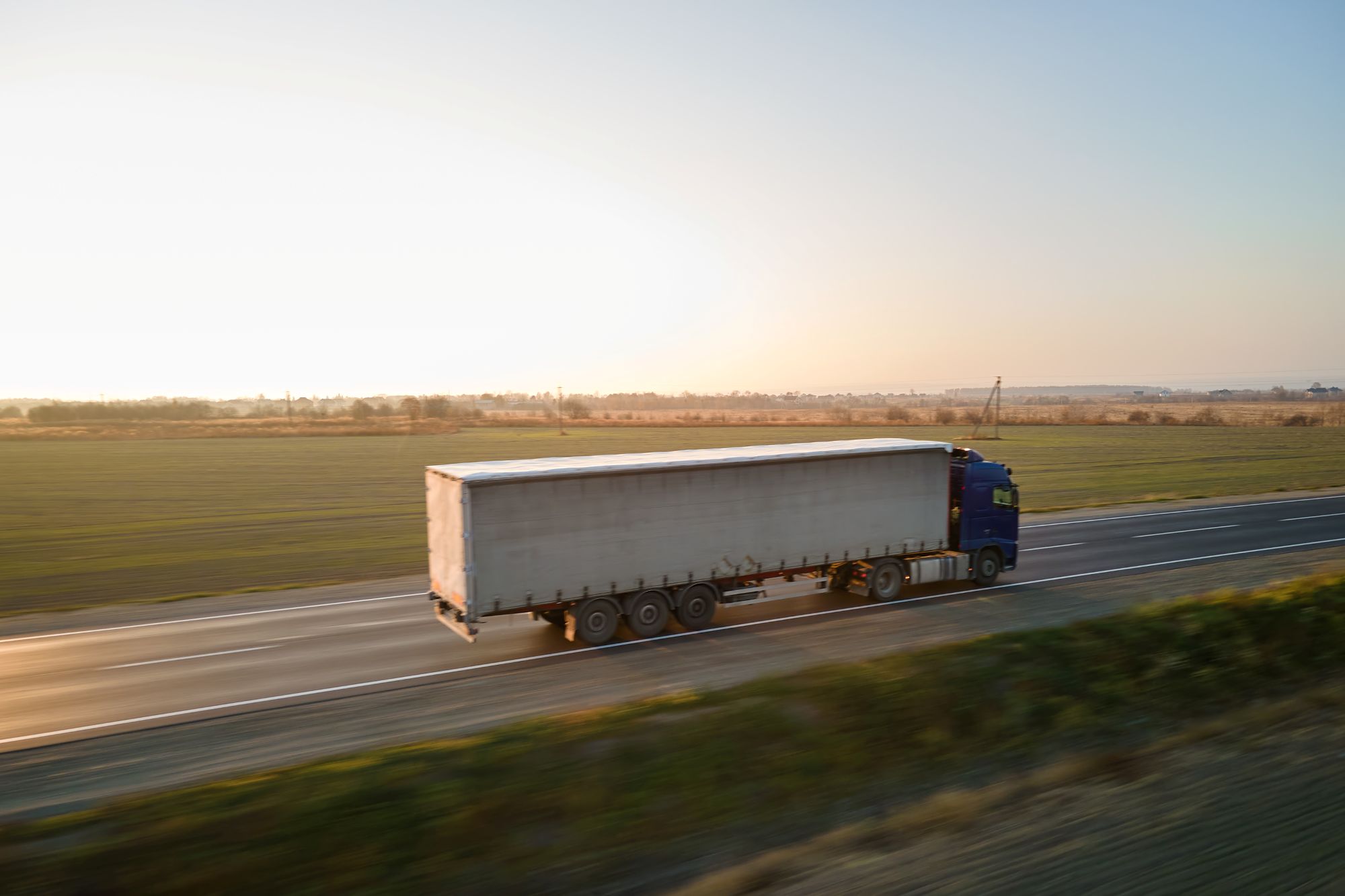
Guest
Tacógrafos inteligentes de segunda generación: Lo que deben saber los gestores de flotas
Creado: 28/10/2025
•
Actualizado: 28/10/2025
El sector del transporte por carretera en Europa está experimentando un cambio significativo con la implantación del tacógrafo inteligente de segunda generación (Smart Tachograph Version 2, o G2V2). Estos nuevos dispositivos se han introducido en el marco del Paquete de Movilidad de la UE para mejorar la seguridad vial, garantizar una competencia leal y proteger los derechos de los conductores.
Para los gestores de flotas de toda la UE -y del Reino Unido para los que operan a escala internacional- es crucial entender qué implica el nuevo tacógrafo inteligente v2, los plazos para su implantación y cómo afectará a las operaciones diarias. Este artículo ofrece una visión práctica de las características del G2V2, los plazos reglamentarios y las implicaciones operativas para las flotas.
¿Qué es el tacógrafo inteligente de segunda generación?
El tacógrafo inteligente de segunda generación es una unidad de tacógrafo digital actualizada con funciones mejoradas, diseñada para impulsar el cumplimiento de las normas de conducción y agilizar su aplicación.
Sobre la base de los primeros tacógrafos inteligentes presentados en 2019, el nuevo tacógrafo inteligente añade varias características importantes:
Seguimiento por GNSS con detección automática de fronteras: Los dispositivos G2V2 utilizan el posicionamiento por satélite (Galileo GNSS) para registrar la posición de un vehículo al cruzar fronteras nacionales. Esto ayuda a hacer cumplir las normas sobre cabotaje y desplazamiento de conductores al proporcionar registros precisos de cuándo un camión entra en un nuevo país.
Acceso remoto a datos para el cumplimiento de la normativa: El nuevo tacógrafo permite a los agentes recuperar datos de forma inalámbrica a través de la comunicación dedicada de corto alcance (DSRC). Los inspectores de carretera pueden recibir a distancia el tiempo de conducción reciente, la última parada o posibles infracciones a medida que se acerca un camión. En esencia, los inspectores pueden acceder a los datos clave del tacógrafo del G2V2 sin detener el vehículo, lo que facilita una aplicación más inteligente y unificada de las normas sobre horas de conducción.
Esta función de "control a distancia" permite a las autoridades preseleccionar los vehículos que pueden necesitar una inspección más minuciosa, reduciendo así las paradas innecesarias de los conductores que cumplen las normas.
Integración con sistemas telemáticos (interfaz ITS): G2V2 incluye una interfaz ITS obligatoria con conectividad Bluetooth para el intercambio seguro de datos con sistemas de terceros. Esto significa que las plataformas telemáticas de flotas pueden emparejarse con el tacógrafo para acceder a datos como la ubicación del vehículo, la velocidad, la actividad del conductor e incluso los eventos del vehículo (por ejemplo, el uso de los frenos) en tiempo real.
Para los gestores de flotas, esta integración ofrece la posibilidad de disponer de flujos de datos más ricos para el control del cumplimiento de la normativa y la gestión de rutas, conectando a la perfección la información del tacógrafo con su actual software de gestión de flotas.
Registro de datos mejorado: Los nuevos tacógrafos G2V2 registran más información y la conservan durante más tiempo. Los registros de actividad del conductor abarcan ahora 56 días en lugar de 28, lo que amplía el periodo de control para la aplicación de la normativa y ayuda a los operadores con la conservación de datos y las auditorías. Además, los nuevos campos de datos ofrecen una imagen más completa de cada trayecto. Los dispositivos registran las ubicaciones de carga y descarga, registran si el vehículo transporta pasajeros o mercancías y capturan los eventos de configuración y calibración con mayor detalle. En conjunto, estas actualizaciones facilitan tanto el cumplimiento de la normativa como la planificación logística. No obstante, los conductores necesitarán formación para realizar las nuevas entradas manuales de los puntos de carga y descarga, ya que estas coordenadas se almacenan para su posterior verificación.
**Las unidades de segunda generación incorporan un sistema de seguridad mejorado para detectar y resistir las manipulaciones. También disponen de software actualizable para permitir futuras mejoras. Además, se han introducido nuevas tarjetas de conductor (tarjetas de conductor G2V2) con mayor memoria para alojar los datos adicionales. No hay ningún requisito legal inmediato para que los conductores sustituyan las tarjetas de tacógrafo digital existentes si todavía son válidas, pero a medida que caduquen las tarjetas, se sustituirán por las actualizadas para utilizar plenamente las funciones G2V2.
Actualización normativa
Ya han pasado la mayoría de los plazos importantes para los tacógrafos. Todos los vehículos pesados que operan a nivel internacional dentro de la UE o que entran desde el Reino Unido están ahora obligados a tener instalado el tacógrafo inteligente de segunda generación (G2V2).
El único hito que queda por cumplir es el 1 de julio de 2026, cuando la norma se ampliará a los vehículos comerciales ligeros de entre 2,5 y 3,5 toneladas utilizados para el transporte internacional. Históricamente, las furgonetas estaban exentas de las normas de la UE sobre horas de conducción y tacógrafo, pero a partir de julio de 2026 los operadores que transporten mercancías a través de las fronteras tendrán que cumplirlas.
El objetivo de este cambio es colmar las lagunas existentes desde hace tiempo y garantizar que los conductores de vehículos comerciales más pequeños cumplan las mismas normas sobre tiempos de descanso que los conductores de vehículos pesados. Los gestores de flotas de furgonetas paneuropeas deberían empezar a planificar ya las instalaciones, integrando la actualización con las revisiones rutinarias o los ciclos de renovación de la flota para minimizar las interrupciones.

Impacto en las flotas internacionales
Los gestores de flotas con operaciones internacionales deben entender que el cumplimiento de estas actualizaciones del tacógrafo es ahora un requisito previo para el transporte transfronterizo por carretera en Europa. Si sus camiones viajan entre países de la UE - o desde el Reino Unido a la UE - no equipar el tacógrafo adecuado puede detener su negocio en la frontera.
He aquí los puntos clave sobre cómo se ven afectadas las distintas flotas:
Flotas con base en la UE (operaciones internacionales)
Como se ha señalado anteriormente, desde agosto de 2025, cualquier vehículo pesado de transporte de mercancías que realice viajes internacionales dentro de la UE debe disponer del tacógrafo de segunda generación. Esto se aplica independientemente del lugar de la UE en el que esté matriculado el camión. La aplicación se lleva a cabo durante los controles en carretera o en las fronteras. Los vehículos que no cumplan la normativa pueden ser retirados de la circulación hasta que se instale un tacógrafo adecuado.
Operadores del Reino Unido que entran en la UE
Las flotas británicas que realizan viajes internacionales a la UE o dentro de ella están sujetas a los mismos requisitos de tacógrafo si operan con vehículos de transporte de mercancías. Esto se debe a que las normas están incorporadas en el Tratado AETR, que regula el transporte por carretera entre países europeos miembros y no miembros de la UE. El Ministerio de Transportes del Reino Unido ha adaptado la normativa nacional a los plazos de la UE para los viajes internacionales.
No actualizar el tacógrafo no sólo supone una multa, sino que puede significar que su camión sea detenido en un puesto de control y no pueda completar su entrega. Las autoridades de países como Francia han impuesto multas de hasta 30.000 euros e incluso penas de cárcel por infracciones graves del tacógrafo. Otras naciones como Alemania, España e Italia tienen sus propias sanciones severas. Además, el incumplimiento puede empañar la reputación de una empresa.
En el lado positivo, las flotas que cumplen la normativa se benefician de una aplicación más fluida de la ley. Los camiones con dispositivos actualizados, por ejemplo, pueden ser parados con menos frecuencia, gracias a los controles previos a distancia, lo que permite a los conductores respetuosos de la ley seguir circulando.
Efectos sobre el bienestar de los conductores
Uno de los principales objetivos de la nueva normativa sobre tacógrafos y del Paquete de Movilidad de la UE es mejorar las condiciones de trabajo. Al automatizar las tareas de registro, como las entradas en las fronteras, y limitar los excesos de horario ilegales, el sistema ayuda a garantizar que los conductores descansen adecuadamente. Se espera así reducir los incidentes relacionados con la fatiga y hacer más justa la aplicación de la normativa, dando a los conductores la confianza de que sus competidores siguen las mismas reglas.
El control a distancia también significa que los conductores que cumplen las normas se enfrentan a menos retrasos en carretera, lo que les permite completar sus trayectos con menos estrés.
Los conductores necesitarán cierta formación para adaptarse. Aunque los aspectos básicos siguen siendo los mismos, las nuevas funciones requieren la introducción manual de las ubicaciones de carga y descarga y el consentimiento para compartir datos con los sistemas conectados. Comprender estas indicaciones y cómo responder en caso de avería facilitará el manejo.
Desde el punto de vista de la flota, los dispositivos G2V2 almacenan el doble de datos (56 días), por lo que las descargas serán mayores y contendrán más historial. Los operadores deben comprobar que su software de tacógrafo y sus sistemas de almacenamiento pueden gestionar este mayor volumen.
Por último, con Bluetooth y la conectividad en línea, la privacidad de los datos ha dado mucho que hablar. Las autoridades pueden acceder a los datos de los tacógrafos para cumplir la normativa, pero cuando se comparten con sistemas telemáticos o de gestión, los conductores deben dar primero su consentimiento. Los gestores de flotas deben tranquilizar a los conductores asegurándoles que todos los datos se manejan de forma segura y solo se utilizan para fines legítimos y conformes con el GDPR.
Planificación anticipada
Los tacógrafos inteligentes de segunda generación afectan a todos los aspectos de las operaciones de flota, desde el cumplimiento de la normativa y la planificación de rutas hasta el bienestar de los conductores. Adoptar un enfoque proactivo le ayudará a cumplir la normativa y a sacar el máximo partido de la nueva tecnología.
**Manténgase al día de las novedades de la División de Movilidad y Transportes de la Comisión Europea y de los organismos del sector. La normativa puede ser compleja, pero los resúmenes oficiales y las preguntas frecuentes son un buen punto de partida.
**Imparta charlas o sesiones de actualización para conductores y gestores de transporte, centradas en nuevas funciones como el control remoto y las entradas manuales.
**Los datos en tiempo real pueden ayudarle a controlar las horas de conducción restantes, ajustar los planes de envío e identificar las rutas que se acercan con frecuencia a los límites.
**Anime a sus equipos a considerar el cumplimiento del tacógrafo como parte de una buena gestión de la flota, no sólo como una obligación reglamentaria. Reconozca hitos como las cero infracciones, invierta en la formación de los conductores y asegúrese de que todos entienden cómo la precisión de los datos beneficia a la seguridad y la eficiencia.
La implantación de la G2V2 plantea retos, pero también ventajas evidentes: una aplicación más estricta, mejores datos y condiciones de trabajo más justas para los conductores. Para las flotas que acepten el cambio, la recompensa será un funcionamiento más fluido, una mayor seguridad y un futuro más conectado y conforme en las carreteras europeas.
En SNAP apoyamos a las flotas de todo el continente en esta nueva fase de transformación digital. A través de la aplicación intruck, los conductores pueden reservar con antelación aparcamientos seguros a lo largo de sus rutas, mientras que el portal SNAP permite a los gestores de flotas planificar y reservar paradas de descanso con antelación, garantizando el cumplimiento y protegiendo el bienestar de los conductores. (https://snapacc.com/sign-up/)



